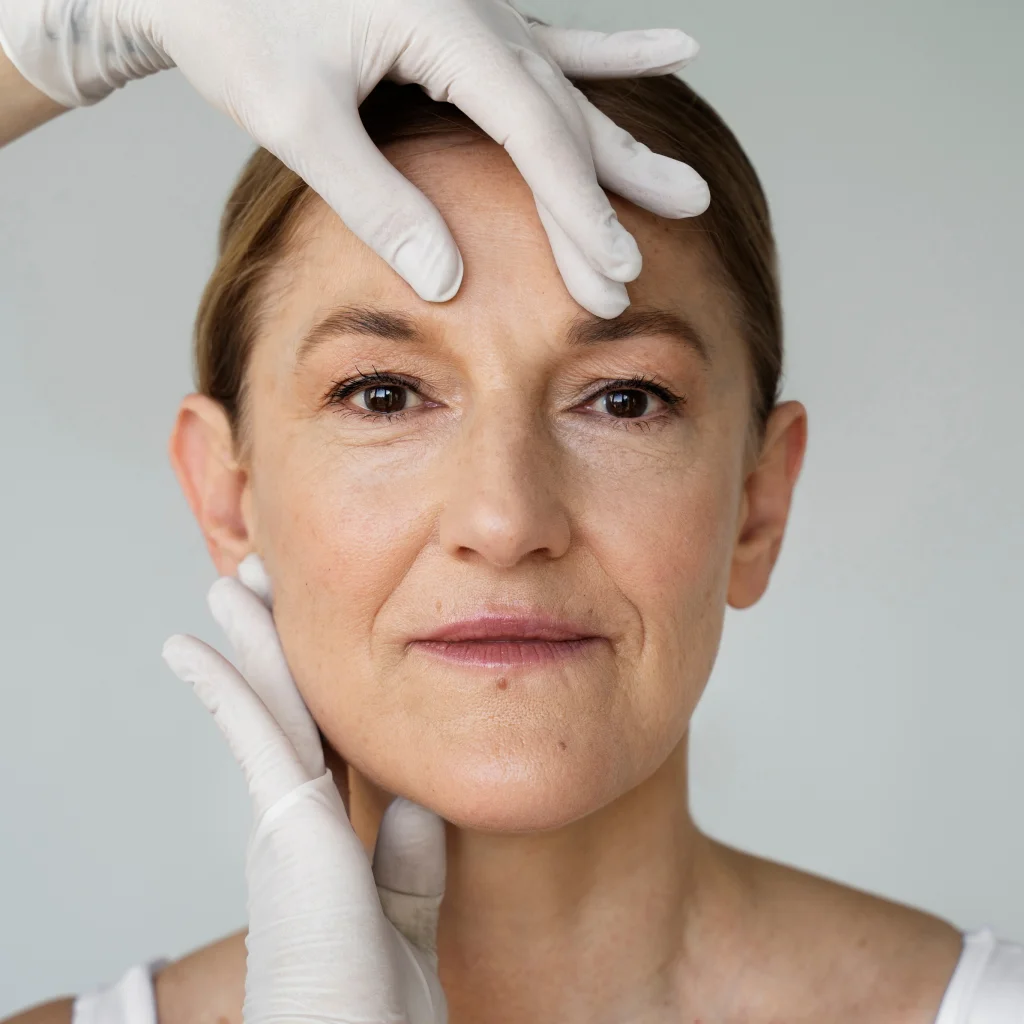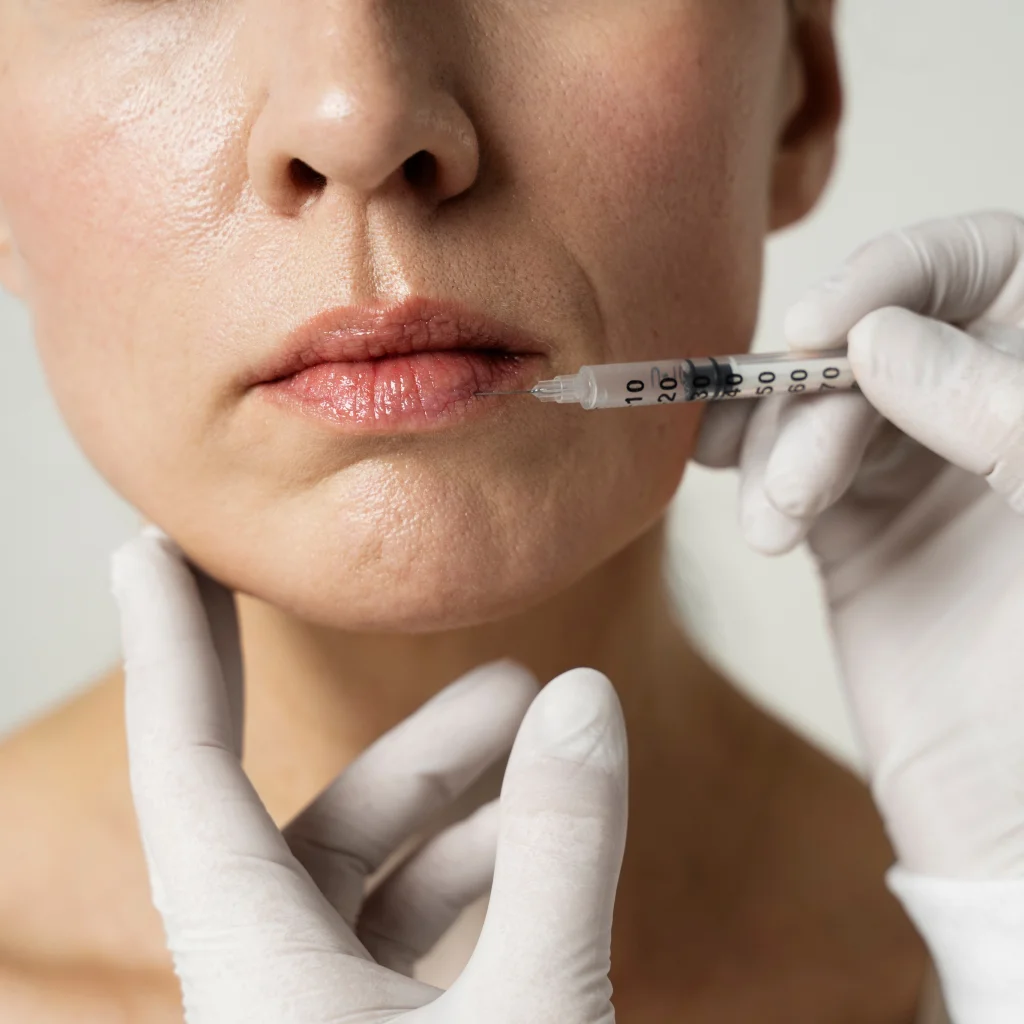Το δέρμα αποτελείται από την επιδερμίδα και το δερμικό στρώμα, τα οποία με τη σειρά τους αποτελούνται από κυτταρικές στιβάδες. Η κατηγοριοποίηση των εγκαυμάτων βασίζεται στο επίπεδο βλάβης του δέρματος, δηλαδή στο πόσο βαθιά στο δέρμα «έφτασε» ο αιτιολογικός παράγοντας.







